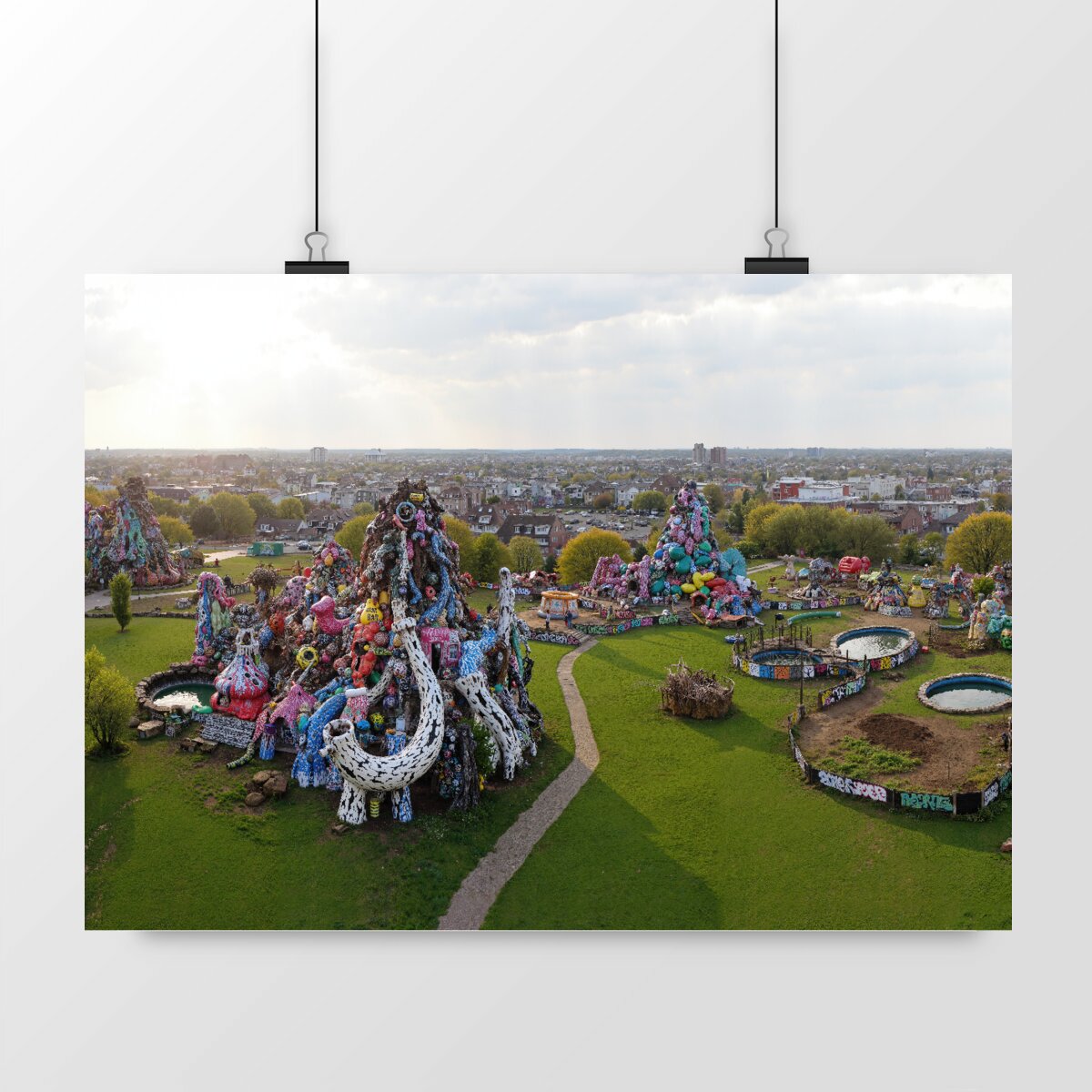

Figur 17 (Hvidovre gør gode tider bedre)
50.00 €
Museum-quality Luster paper Giclée printing quality, 12 colors Paper weight: 250 g/m2 FSC Label
Figure 17: The Building Playground Rainbow
The building playground Rainbow (1984) was a radical experiment in urban culture, where graffiti artists from both home and abroad collaborated with local children to create a marvellous miniature city. Viewed from above, a captivating landscape of sculptural towers in explosive colours rose from the green lawn—a living demonstration of how ordinary materials like shopping trolleys, wooden scraps, and construction waste could be transformed into spontaneous architecture.
This organically growing society featured an inventive transportation system of converted shopping trolleys and artistic water installations surrounded by layers upon layers of graffiti. At the heart of the area stood a monumental structure with organic white formations—a manifesto of the site’s distinctive "Name City" aesthetic, where graffiti tags and pieces not only adorned the architecture but formed an integral part of it.
Rainbow marked the beginning of the end for modernist architecture’s dominance in Denmark. A new generation of architects emerged, breaking away from the rigid structures of planned cities in favour of a more intuitive, user-centred approach. These early experiments with spontaneous urban development and creative recycling have fundamentally transformed Danish architecture. Today, improvised "anti-architecture" dominates urban development, with temporary installations, pop-up structures, and user-driven building projects replacing the authoritative master plans of modernism.
